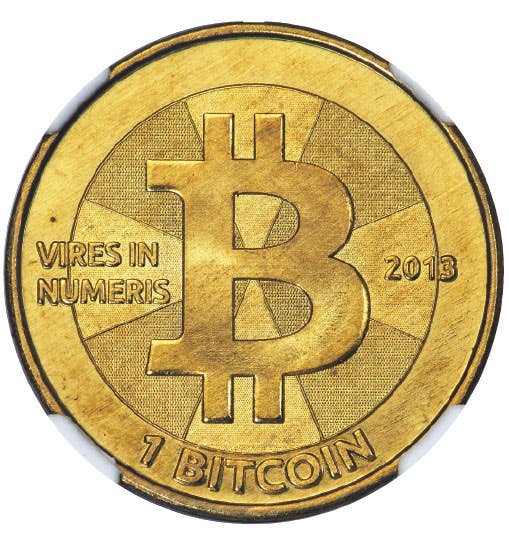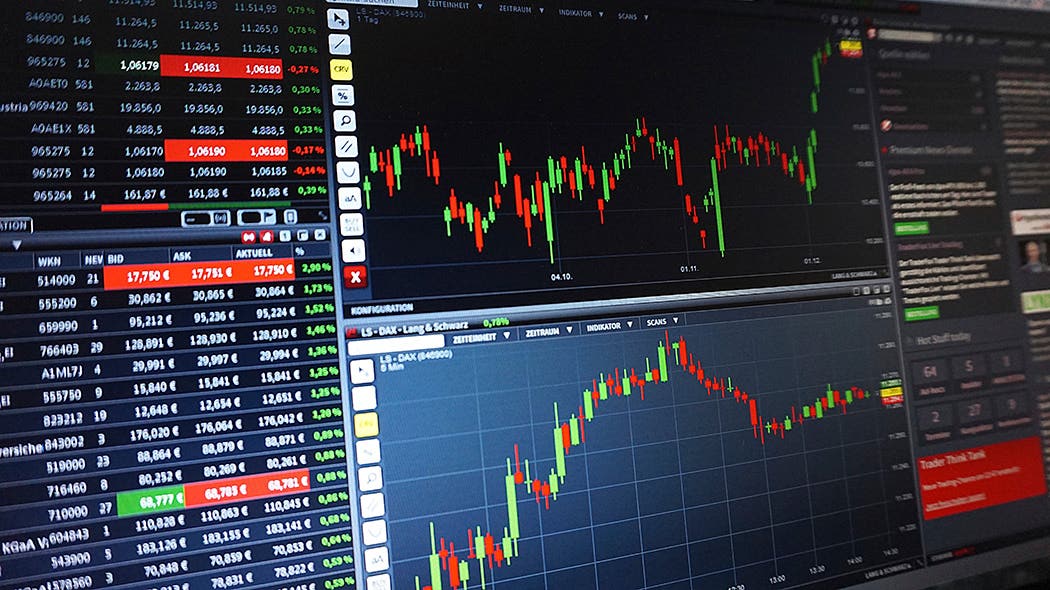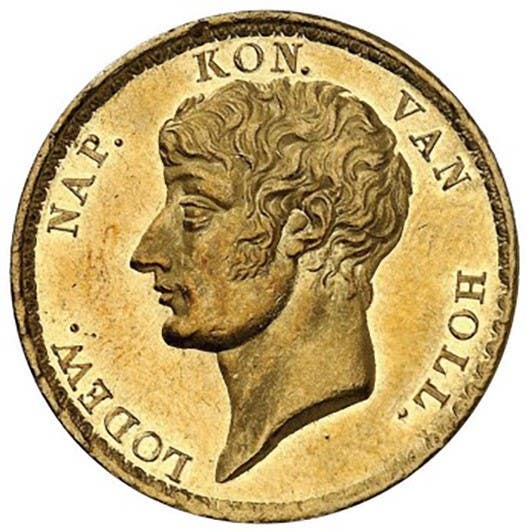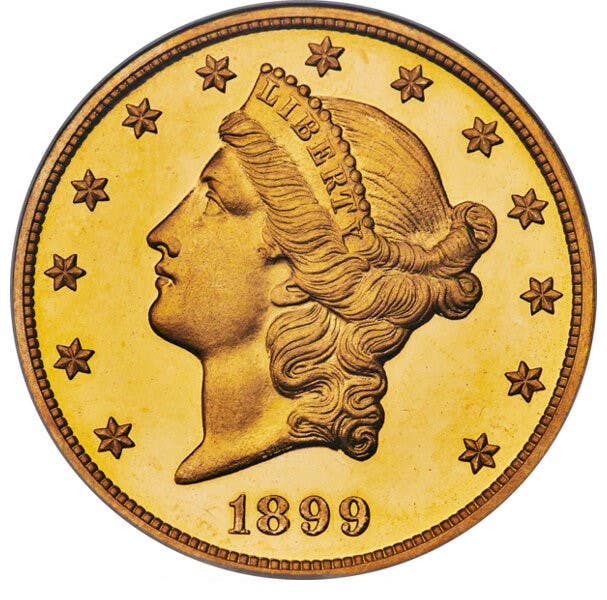Monetary systems influence future
While government monetary systems come and go, they can influence the long-term future. Take a look at the ancient Greek drachma. Various derivations of that term have been applied to…
While government monetary systems come and go, they can influence the long-term future.
Take a look at the ancient Greek drachma. Various derivations of that term have been applied to subsequent monetary systems long afterward with terms such as dirham, dirhem, dram and tram. Even today, more than 2,000 years later, Armenia’s currency is the dram, and Morocco’s monetary unit is the dirham.
Or consider the Roman denarius, a denomination that disappeared more than 1,700 years ago. Even today, the denar is the monetary unit of Macedonia and dinar is the currency unit in Algeria, Bahrain, Iraq, Jordan, Kuwait, Libya, Serbia and Tunisia. When the British penny was established in 785 C.E. by King Offa of Mercia, it was roughly equal to the French denier. Ever since, the British penny has been denoted by the letter “d,” which effectively continues the influence of the denarius denomination to today.
The real was adopted as the currency in Spain by King Pedro I (1350-1366). The denomination is Spanish for “royal.” Countries today that use a monetary unit derived from the real are Brazil (real), Cambodia (riel), Iran (rial), Oman (rial), Qatar (riyal), Saudi Arabia (riyal) and Yemen (rial).
The first thaler appeared in 1518, where the term “thal” refers in German to the valley where the silver was mined to strike the coins. The first thaler was called a Joachimstaler as the silver was mined near Joachimstal (meaning St. Joachims Valley). The denomination of thaler became the standard adopted across the Holy Roman Empire.
Today, the monetary unit called “dollar,” derived from “thaler” via the Dutch “daalder,” is used for currency issued by the East Caribbean states, Australia, Bahamas, Barbados, Belize, Bermuda, Brunei, Canada, Cayman Islands, Cook Islands, Fiji, Guyana, Hong Kong, Jamaica, Kiribati, Liberia, Namibia, New Zealand, Singapore, Solomon Islands, Surinam, Taiwan, Trinidad and Tobago, Tuvalu and the United States. (Curiously, many nations using the dollar as its currency were former British colonies that elected not to use Britain’s pound as its monetary unit). Samoa now uses tala for its currency. Slovenia discontinued the tolar denomination in 2006.
The strength of a monetary unit also affects how widely it may be used outside of the nation’s borders. The economic clout of the United States has resulted in the U.S. dollar serving as the official or effective spending money in Bonaire, British Indian Ocean Territory, British Virgin Islands, Cambodia, East Timor, Ecuador, El Salvador, Marshall Islands, Micronesia, Palau, Panama, Saba and Sint Eustatius. The U.S. dollar is also widely spendable in other nations such as the Bahamas and Zimbabwe.
As you might guess, I have a personal interest in the heller as a monetary unit. It initially appeared about 1189 C.E. as a small silver coin from the German city of Hall am Kocher (today called Schwabisch Hall). The heller was widely used as small-value coinage across many German states up to 1873, shortly after German unification. In 1904, the German government took over responsibility for issuing currency for German East Africa (later called Tanganyika, now part of modern day Tanzania). It issued heller coins through World War I. Hellers also circulated widely in the Austrian lands of the Austro-Hungarian Empire from 1892 to 1918. The denomination was also used in Czechoslovakia and the subsequent Czech Republic and Slovakia. Today, the heller is no longer issued for circulation by any nation, a victim to inflation, but it continues to be an official unit of money for calculation purposes in the Czech Republic.
For your own enjoyment, you may want to research the monetary antecedents of other denominations such as shekel, peso, franc and crown.
Patrick A. Heller was the American Numismatic Association 2017 Exemplary Service and 2012 Harry Forman Numismatic Dealer of the Year Award winner. He was also honored by the Numismatic Literary Guild in 2017 and 2016 for the Best Dealer-Published Magazine/Newspaper and for Best Radio Report. He is the communications officer of Liberty Coin Service in Lansing, Mich., and writes “Liberty’s Outlook,” a monthly newsletter on rare coins and precious metals subjects. Past newsletter issues can be viewed at www.libertycoinservice.com. Some of his radio commentaries titled “Things You ‘Know’ That Just Aren’t So, And Important News You Need To Know” can be heard at 8:45 a.m. Wednesday and Friday mornings on 1320-AM WILS in Lansing (which streams live and becomes part of the audio and text archives posted at www.1320wils.com).
This article was originally printed in Numismatic News. >> Subscribe today.
More Collecting Resources
• Check out the newly-updated Standard Catalog of World Coins, 2001-Date that provides accurate identification, listing and pricing information for the latest coin releases.
• Are you a U.S. coin collector? Check out the 2018 U.S. Coin Digest for the most recent coin prices.









